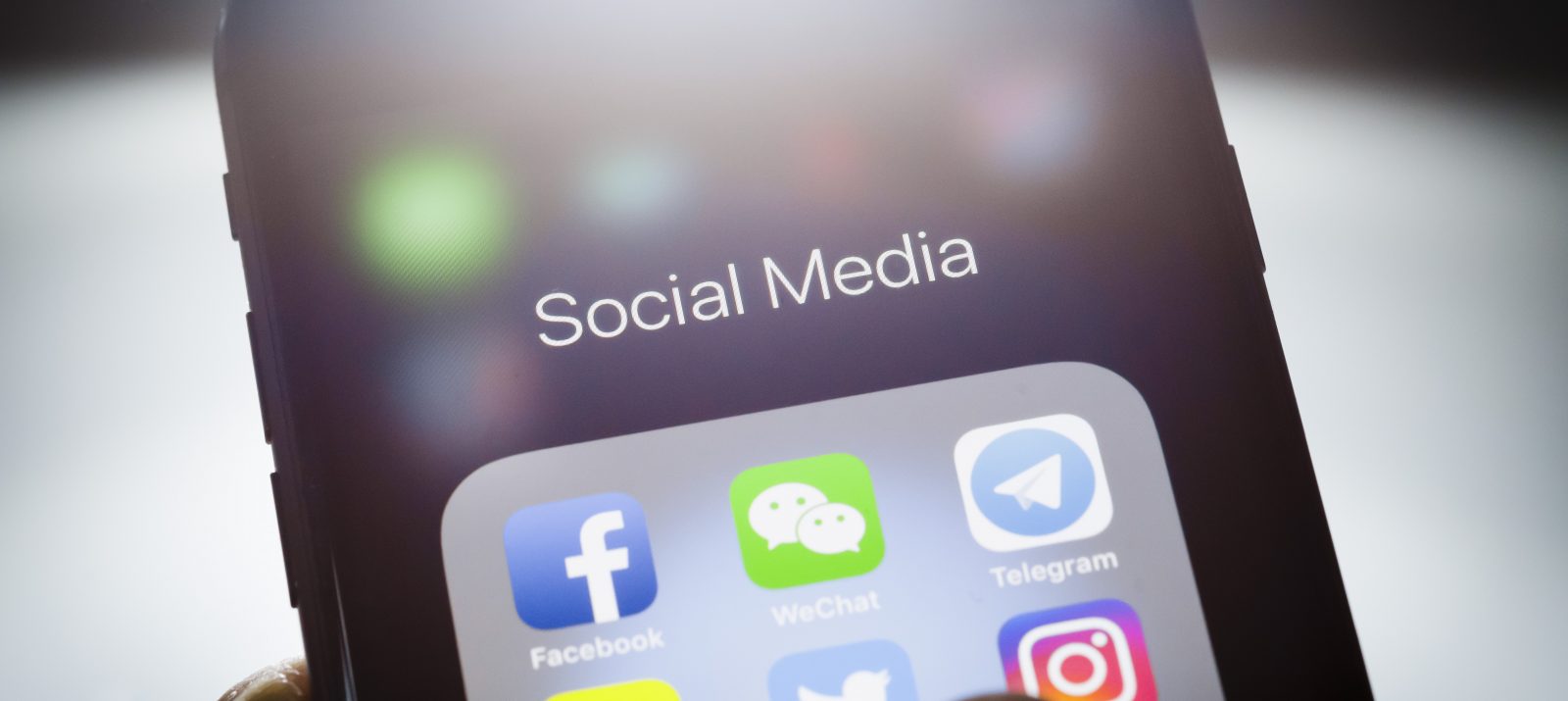
Instagram, WhatsApp, YouTube – the Internet is not a lawless space. Anyone who uses social media should be aware of some legal terms to consider when uploading photos, sharing articles, and protecting their own data. As parents, you should familiarize your children with the rules on the Internet at an early stage and set a good example.
If you accompany your child during their first steps on the Internet, you can introduce them to the correct handling of personal data in an age-appropriate manner. Vivid comparisons help with understanding: Your child does not want his secret to be divulged to the class. Then it should tell as few people as possible – not even on WhatsApp. Advise your child to reveal as little as possible about themselves on the web and to ask themselves each time beforehand if it is really necessary to share this information. This applies to the full name, phone number, address or date of birth, but also to pictures, videos, messenger IDs, location-based data or passwords. Personal data of other persons may also not simply be passed on.
Explain to your child which permissions they should give to certain apps and which ones they’d rather not. For example, not every app necessarily needs the location information or access to the microphone. So be sure to look together at the preferences in any app you or your child is using for the first time and disable them.
Especially on YouTube and TikTok there is a lot of content that people have uploaded but not created themselves. They often do not own the rights to the content. Such protected works in the copyright sense are, for example, pieces of music, films, texts, television programs, computer programs or graphics. It can be problematic to post such content publicly on the web and bring lawsuits. Private use is often permitted without consent. However, the basic rule is: if you want to put someone else’s work online, you have to ask the rights holder. This applies to the favorite song that your daughter wants to put on YouTube in her dance video as well as to a picture of your favorite soccer player that your son wants to use for his Instagram-account.
However, this does not mean that your children and you can no longer put anything online that they did not create themselves. There is a lot of content on the web that has a free license and can thus be used and distributed by anyone. You can often recognize them by the CC logo. You can read more about this in our article.
The right to one’s own image is part of the personal right to which everyone is entitled – including underage children. It states that a mapping, e.g. a photograph, may only be disseminated or published if the person shown on it has given his or her consent. This also applies to photos of your child. This applies to publishing a photo on a social network as well as sending it via a messenger app.
Agree on rules with family and friends about sharing photos. Also, go through the settings options of the apps through which you send or even publish photos. Check who can see your photos, for example in stories or your profile picture, and use the privacy settings.